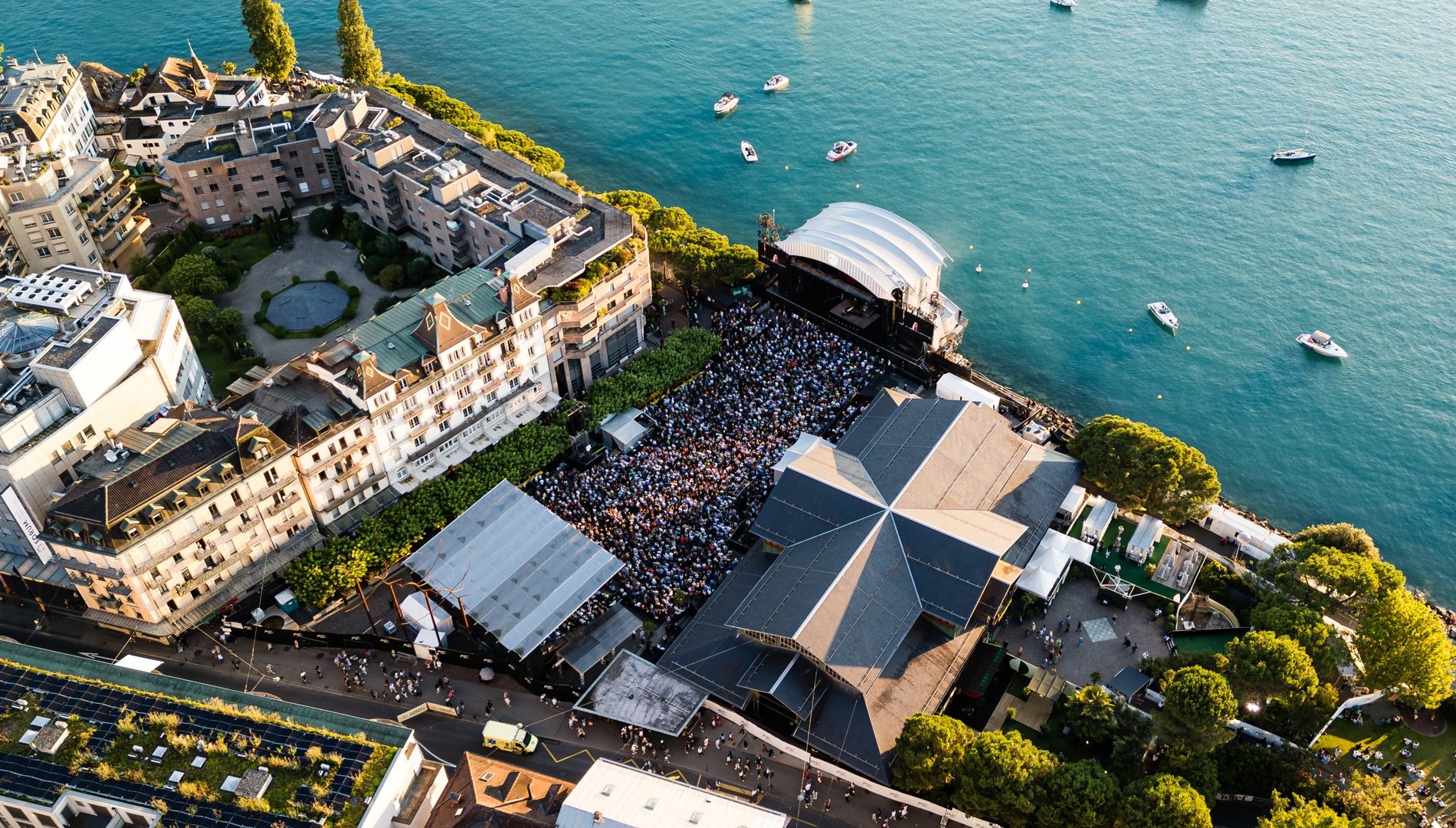Ever since 1824, manufacturer J.L. Coquet has offered exceptional quality porcelain that combines innovation with timeless elegance. Thanks to an ability to reinvent themselves over the generations, the porcelain producer and its famous glazing factory Jaune de Chrome now count some of the country’s leading chefs among their partners.
It all began with highly pure white porcelain hand-crafted by Frères Pouyat, several kilometres from Limoges in the town of Saint-Léonard-de-Noblat. Their success was built on their porcelain, reputed for being the whitest in the whole of France. No shadows were allowed, and translucence was very much de rigueur. In 1963 Jean-Louis Coquet took over the reins of the factory, and the house’s iconic collections were thus created under his artistic direction. At the time, his models were directly inspired by the drawings of his mother, previously a fashion designer. These high standards and levels of expertise have been passed on from one generation of craftsmen to the next, while the source of artistic inspiration has developed in line with the trends and influences of the chemists in the design studio.

In the 1980s director Christian Le Page brought a highly modern creative dimension to the company and also created a glazing workshop, the Jaune de Chrome factory. This new team of artisans exploded onto the tableware scene, applying their coloured patterns and textures to the immaculate white of J.L. Coquet’s pieces. Thanks to an excellent mastery of enamel, these exceptional pieces take on a unique material effect once placed in the oven.
J.L. Coquet or Jaune de Chrome? Whichever you prefer, the biscuit (the fired porcelain paste, and in its raw state) is manufactured within the same four walls. Only the decorations are applied in two separate locations. While the J.L. Coquet pieces are immaculate, engraved and precious, their Jaune de Chrome counterparts are coloured, textured and unique.




In 2017 there was a huge fire in the workshops, destroying all of the precious moulds that allowed the factory-designed collections to be reproduced. Models dating back to the 19th and 20th centuries have thus become genuine collector’s items. The factory managed to escape bankruptcy by joining the Compagnie Européenne de Luxe et Traditions. The J.L. Coquet shops attract collectors, inheritors and professionals from both France and further afield, keen to discover the company’s precious historical collections as well as its new arrivals, which currently extend to the world of décor and bathrooms.
Among its must-have pieces, the iconic model Hémisphère has been a mainstay of the J.L. Coquet collection since 1998 and was created by Sylvie Coquet, Jean-Louis Coquet’s daughter. Ridges are delicately engraved in the porcelain, simultaneously timeless and highly modern as they adapt to all shapes and act as welcome hosts to the decorations hand-painted by Jaune de Chrome.
The factory offers a bespoke service for its most devoted clients. They include some of the leading French chefs on the lookout for unique collections for their restaurants. The client paints a picture of their ideal space and the factory artisans put forward suggestions of various shapes and decorations before finalising the desired design. This was the case for Alain Ducasse’s service plate, which adorns the tables of the Jules Verne restaurant on the first floor of the Eiffel Tower.




The creative process of a J.L. Coquet or Jaune de Chrome collection begins in the design studio. For new shapes, several mock-ups and 3D prints are created before the first moulds are produced. Moulds can only be heated around 20 times, which is why the mould workshop is particularly sought after and the creative team’s flexibility for trial and error is limited. The entire collection is thus meticulously thought out and studied before the production process can begin: a study of feasibility, of consideration for the decoration and its reaction with the biscuit, and lastly, of its possible iterations at J.L. Coquet and Jaune de Chrome. Alain Ducasse opted for the J.L. Coquet white alongside an interplay of textured organic shapes, inspired by the architecture of the Eiffel Tower.
J.L. Coquet and Jaune de Chrome’s mastery of engraving and glazing has enhanced tables across the globe for almost 200 years. True ambassadors of a particular French art of living, the company has been awarded the Entreprise du Patrimoine Vivant (Living Heritage Business) and a Protected Geographical Indication by the EU. This traditional manufacturer has carved out its place among generations of French families and offers an elevated dining experience for those feasting on the most sumptuous dishes.





